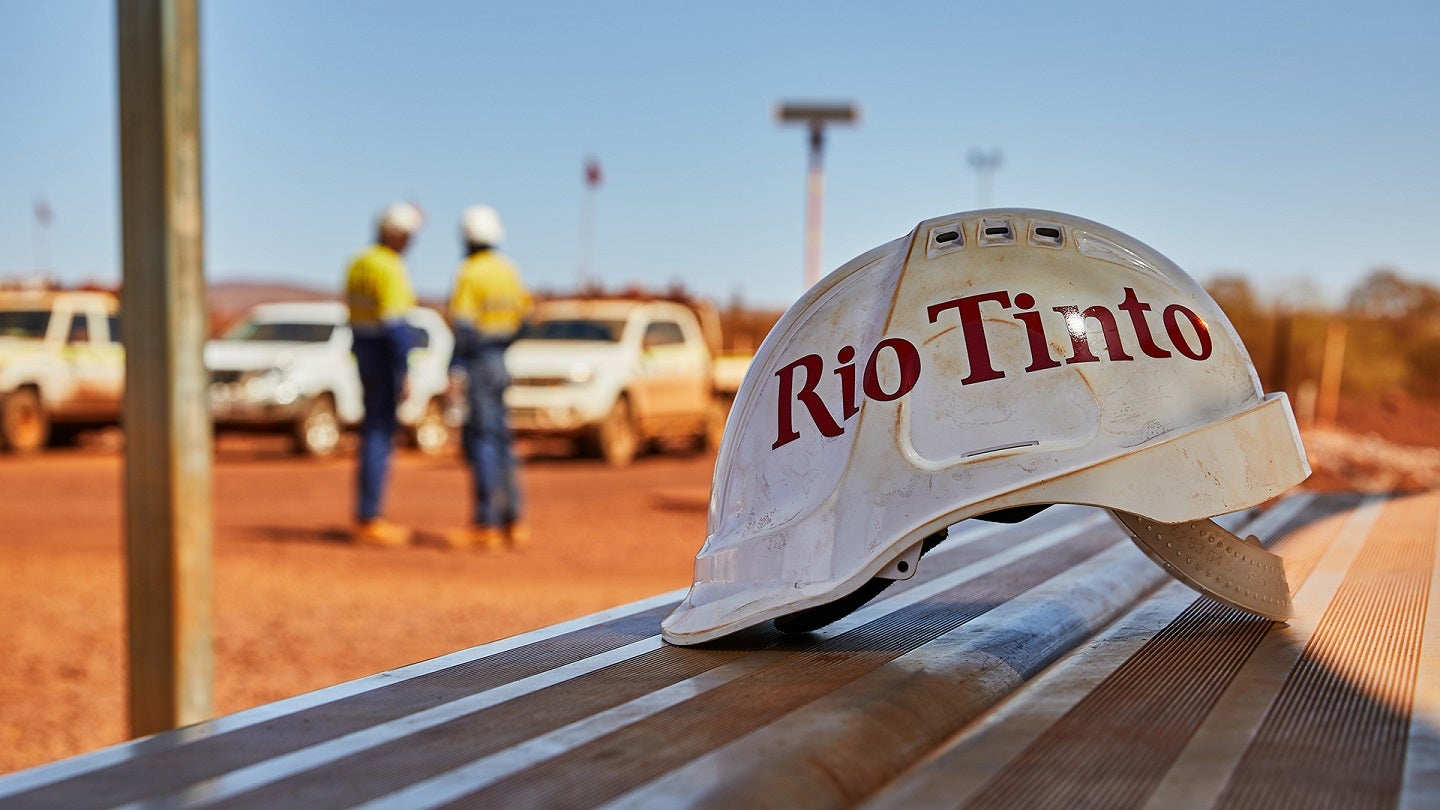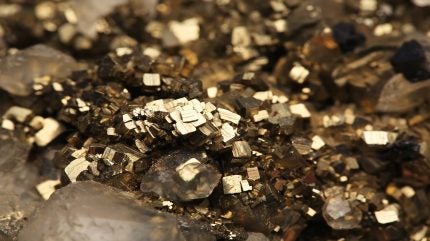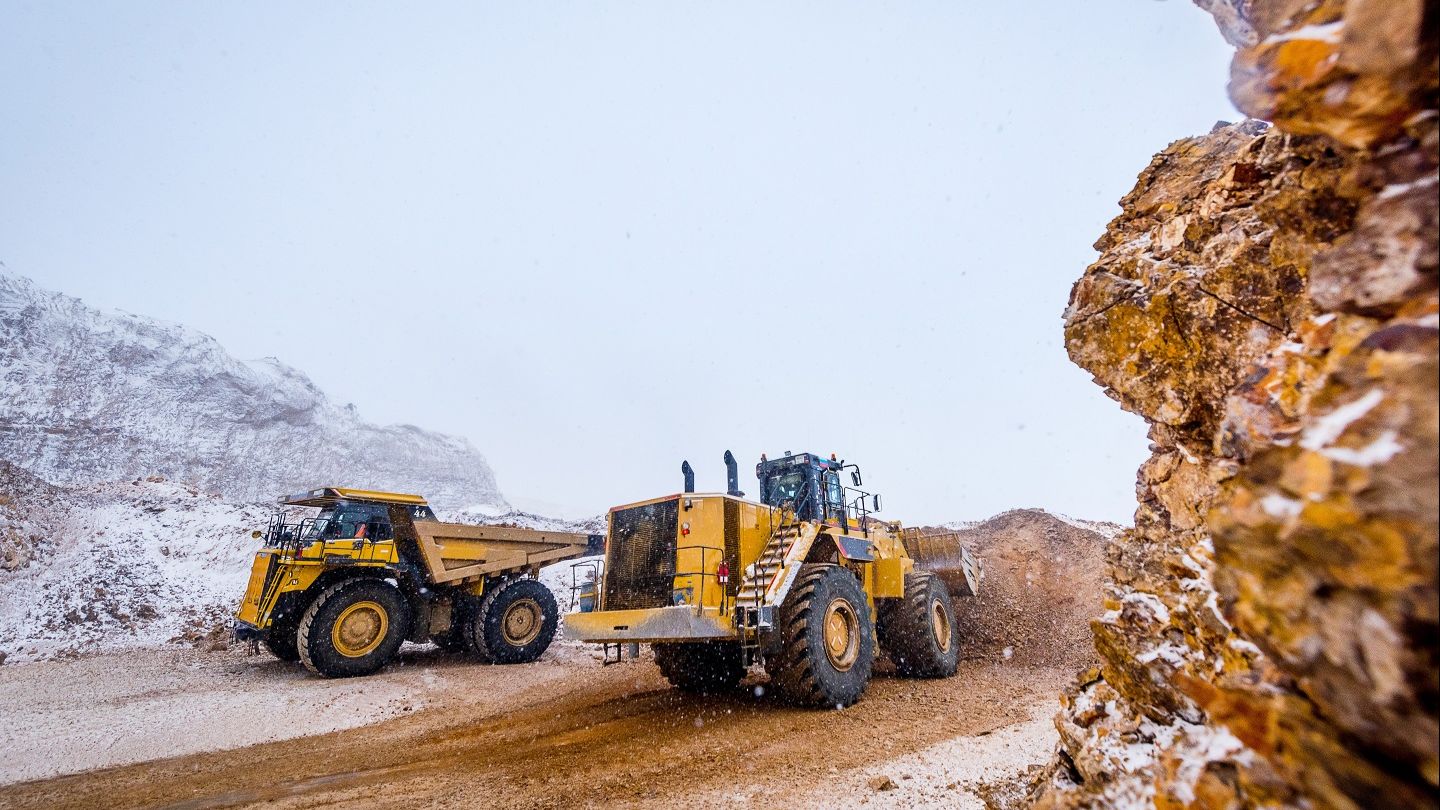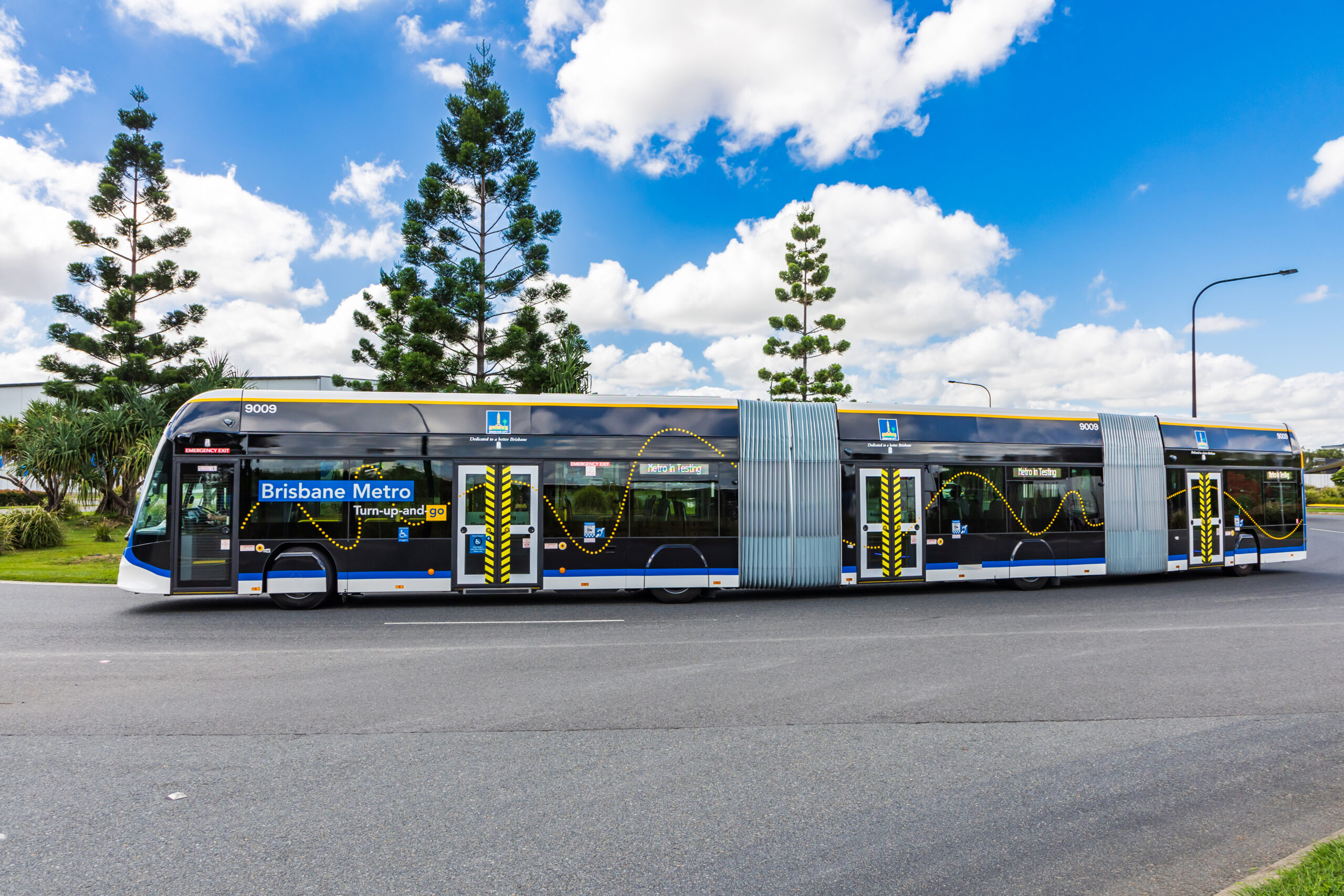
Rio Tinto and Japan’s Sumitomo are planning a A$111m ($74.10m) hydrogen demonstration project to reduce CO₂ emissions at the Yarwun alumina refinery in Gladstone, Queensland, Australia.
Supported by A$32.1m in co-funding from the Australian Renewable Energy Agency (ARENA), the Yarwun hydrogen calcination pilot demonstration programme will involve demonstrating the viability of hydrogen usage in the calcination process, where hydrated alumina is heated to up to 1,000°C.
As part of the project, the companies will build a 2.5MW on-site electrolyser to supply hydrogen to the Yarwun refinery. The partners will also retrofit one of four calciners at the refinery so that it can operate at times with a hydrogen burner.
Rio Tinto expects the trial to produce the equivalent of 6,000tpa of alumina while cutting CO₂ emissions by 3,000tpa.
Rio Tinto aluminium pacific operations managing director Armando Torres said: “This pilot plant is an important step in testing whether hydrogen can replace natural gas in Queensland alumina refineries.”
In a press statement, Rio Tinto stated: “Converting the entire plant to green hydrogen could reduce emissions by 500,000tpa, which is the equivalent of taking about 109,000 internal combustion engine cars off the road.”
Sumitomo will be responsible for the operation of the electrolyser, which will have a production capacity of more than 250tpa of hydrogen at the Yarwun site. The Japanese company will also supply the hydrogen to Rio Tinto directly.
The partners plan to commence construction of the project in 2024. The hydrogen plant and calciner are scheduled to be commissioned by 2025.
Sumitomo Corporation Energy Innovation Initiative director Seiji Kitajima said “Through this demonstration, Sumitomo Corporation aims to venture into the commercialisation project to contribute to Rio Tinto’s decarbonisation.”




